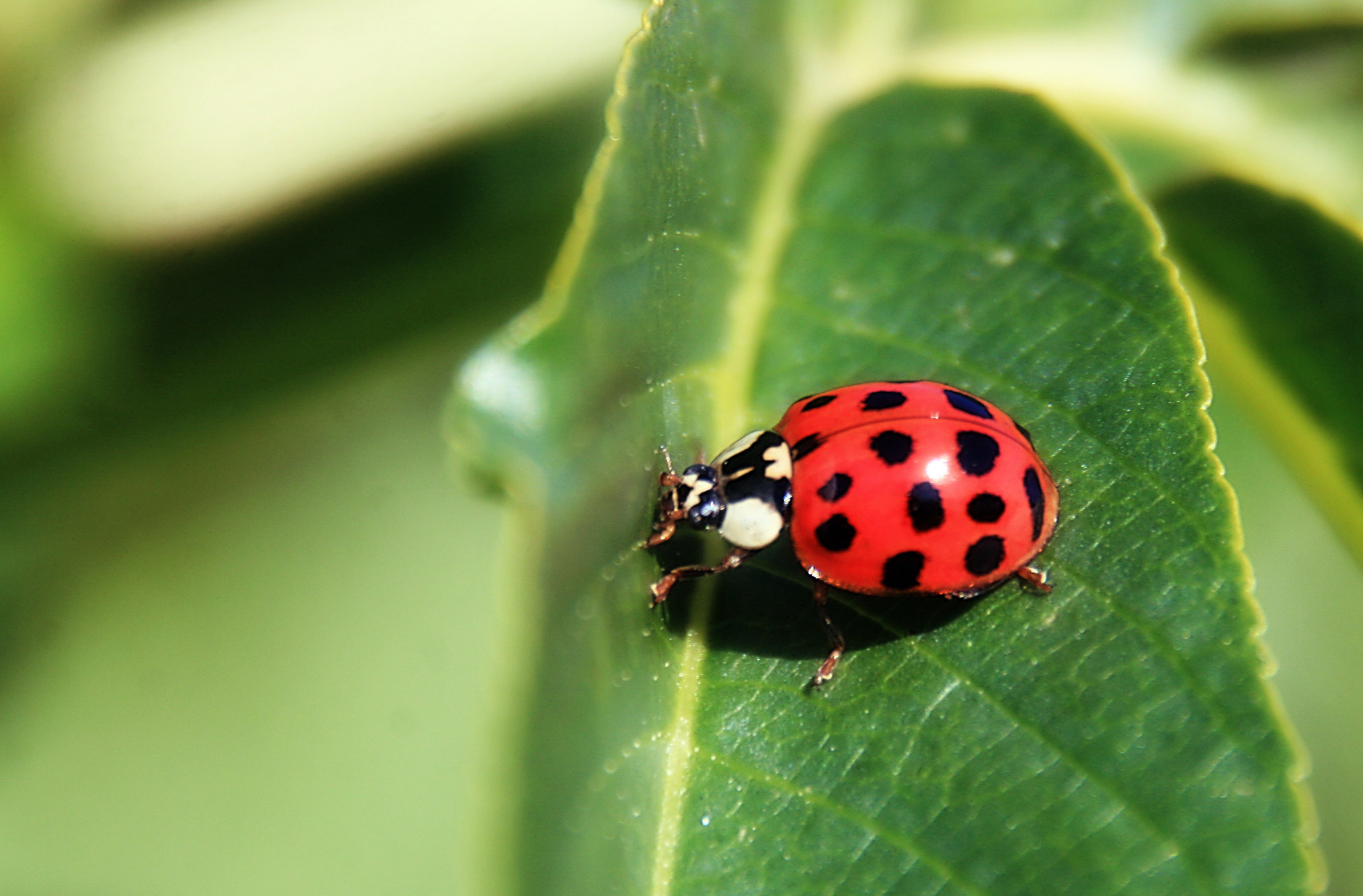Asian ladybird beetles, one version of the common ladybug, can be found all over the United States. Texas A&M AgriLife Extension Service insect expert, Wizzie Brown, says the U.S. Department of Agriculture released this particular species to control crop pests. But the large number of them in the country now likely came from accidental transport by ships from Asia.
They’re similar to native ladybugs:
“The eggs are gonna look similar, the larvae are gonna look similar, and they are beneficial when you think about the larvae and the adults because those are both going to feed on aphids and other small, soft-bodied insects. So as long as they are outside and they are feeding on those other bugs that we want them to eat, it’s fantastic.”
They’re non-native but that’s OK:
“Just because they’re from another area of the world doesn’t mean that they can’t be beneficial in some aspect.”
They can cause trouble in autumn:
“When we start moving into cooler times of the year, they tend to collect on homes and other structures. … They turn into more of a nuisance than anything.”
Keep them outside:
“They can secrete a substance when they are disturbed that can stain fabrics and things like that. It also is really smelly.”
The best defense is “exclusion”:
“Go around the outside of your house, and you’re gonna check any areas that insects and other things can move into and you’re wanting to seal it.”
They are generally safe for pets:
“The picture that was released of the dog that had them in the top of its mouth … they secreted that stuff and it got stuck to the inside of the mouth. … It is a possibility that this can happen, [but] it is unlikely for, just, dogs in general to have this happen.”
Wine’s secret ingredient:
“These will sometimes get into vineyards. … It can actually change the taste of the wine. And apparently these ladybugs give it more of a green bell pepper taste. Somebody could totally bank on this!”
Written by Caroline Covington.















